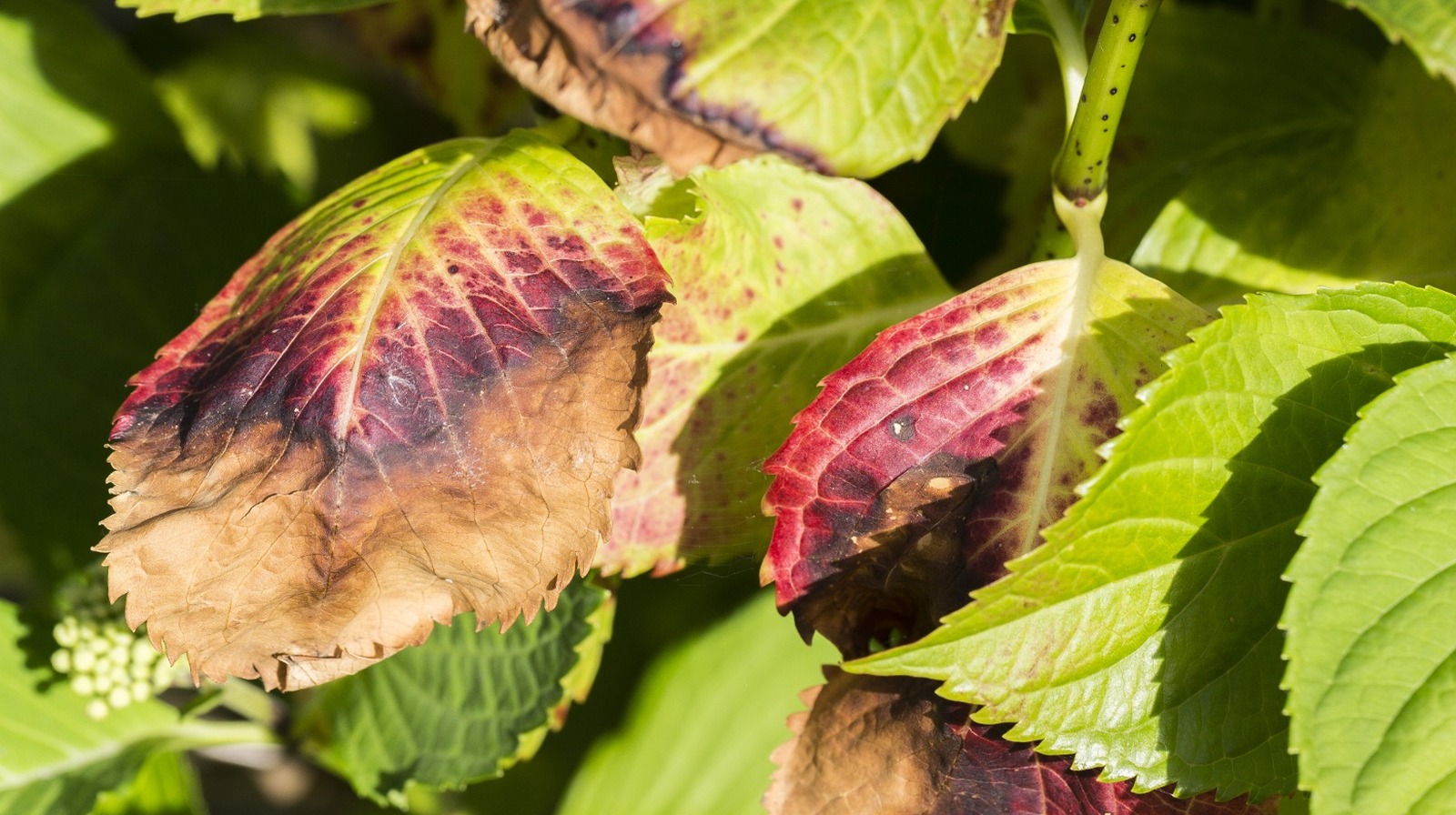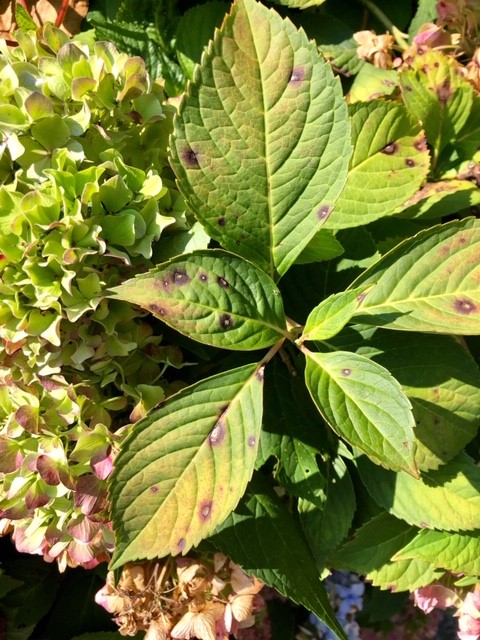Get This Report about Hydrangea Leaves Turning Yellow
Some Known Incorrect Statements About Hydrangea Leaves Turning Yellow
Table of ContentsThe 5-Minute Rule for Hydrangea Leaves Turning YellowThe Definitive Guide for Hydrangea Leaves Turning YellowMore About Hydrangea Leaves Turning YellowThe Hydrangea Leaves Turning Yellow IdeasGetting My Hydrangea Leaves Turning Yellow To WorkThe Facts About Hydrangea Leaves Turning Yellow Uncovered
One opportunity is that the plant is not getting enough sunlight. During the winter months, the days are much shorter, and the sunlight is not as intense, so make sure to put your Hydrangea in a place where it will certainly obtain at the very least 6 hours of sunlight every day. Another reason for Hydrangea yellow leaves in winter season might be excessive water.The fallen leaves may be turning yellow due to temperature tension. Hydrangeas like cooler temperature levels, so if the plant is in a place that gets also warm or too cool, the leaves will turn yellow. If you believe temperature level anxiety could be the problem, try moving your Hydrangea to a various area or safeguarding it from the aspects with a cloth wrap.
New development will certainly be observed in very early springtime, when you'll discover environment-friendly vegetation growing from stems that could have shown up dead. Nonetheless, if your fallen leaves are transforming brown in springtime or summer season, there are most likely other elements at play. The accurate factors depend upon the range and their growing conditions, yet as a whole, brownish hydrangea leaves signify dehydration and wilting in the heat
The Definitive Guide for Hydrangea Leaves Turning Yellow

Wilting is brought on by absence of moisture, suggesting there are a few good techniques to utilize to prevent this from taking place. Give your hydrangeas a healthy glug of water every couple of days when the temperature levels are climbing high, and treat the soil to much better keep dampness. After sprinkling, a dab of compost around the base of each plant must aid with this by keeping wetness in the soil.
This interrupts fungi spores from resolving. "The Botrytis fungus prospers in trendy and damp conditions, so prevent showering the entire plant when watering and just water at the origins," shares Roy Nicol, a Master Horticulturist. If you've missed the possibility for avoidance and are managing an infection you need to get rid of all dead or seriously infected leaves from the plant and destroy them to avoid additional spread.
Not known Details About Hydrangea Leaves Turning Yellow
As a basic guideline, we recommend getting rid of leaves when they are 50% brown or greater. While browning brought on by any reason can not be reversed, taking the restorative action defined above will certainly motivate the plant to expand new fallen leaves so the harmed fallen leaves either diminish naturally or can be gotten rid of by the garden enthusiast.
Hydrangeas should be sprinkled just when the top few inches of dirt are completely dry, and ought to be given an extensive saturating each time. Underwatered hydrangeas are likely to have yellow, wilting, and drooping fallen leaves. Boost the frequency and quantity of sprinkling for your shrub to aid solve this issue. Hydrangeas like rather wet (but not soaked) dirt, so offer the roots a great soaking and allow water to be absorbed into the dirt before applying much more.
The way you take care of hydrangea leaves transforming yellow relies on the key issue causing the yellow leaves. This can be tough to figure out, once you do you will have the ability to change your check here plant care accordingly to care for the problem. As discussed in the past, a typical concern with hydrangeas is nutrient deficiencies.
All About Hydrangea Leaves Turning Yellow
Throughout the optimal growing season, you must water at a price of about 1 inch each week. If you are fretted about not correctly watering your hydrangeas, there are a number of points you can do. Adding mulch to the base of the plants over the root zone help to control the temperature level around the shrub and keep water in the dirt.
You can acquire and mount basic watering worlds. Watering globes hold water in them and slowly release this water into the dirt as the ground ends up being completely dry. Merely load the globe with water, stick the spout right into the soil within the origin area near the base of the plant, and leave it in area up until all the navigate here water is gone.
If it is too severe, some plants will never ever recoup from transplant shock and will certainly proceed to decrease till they pass away. Lessen transplant shock by including as numerous origins as possible when digging up your plant to relocate. Make sure to supply even more water than usual in the weeks following growing to assist your plant recoup and grow brand-new roots.
Hydrangea Leaves Turning Yellow for Beginners
To avoid spreading fungal diseases, make sure to thouroughly tidy and sanitize any type of pruning devices prior to and after usage. You can attempt to purge the origins with water to eliminate excess fertlizer.
Your hydrangea plant prefers well-drained, moist soil. If the pot has poor drainage, or your dirt is flooded, the leaves will start to turn more helpful hints yellow. Overwatering makes the dirt soggy (Hydrangea Leaves Turning Yellow). Swamped and soggy dirt can lead to stunted development, leaf staining, and, worst of all, rot fungal diseases. Although over-watering can be dangerous, under-watering is not a choice either.
If you don't sprinkle your hydrangea plant for greater than a week, the leaves will certainly begin transforming yellow. Fungal diseases that strike the plants often tend to reveal signs on the origins and the leaves of the plant. One of these diseases is origin rot, that makes it difficult for the plant to feed properly.
Hydrangea Leaves Turning Yellow - Truths
